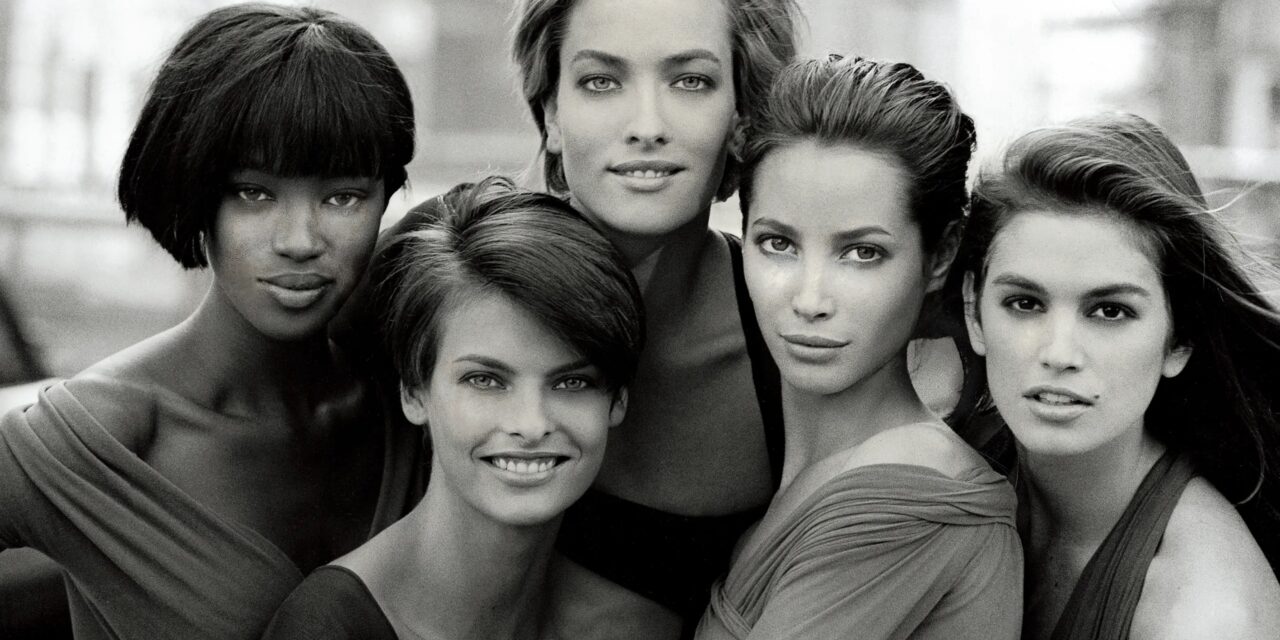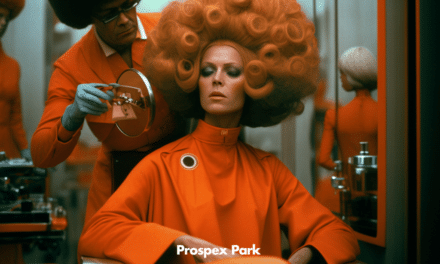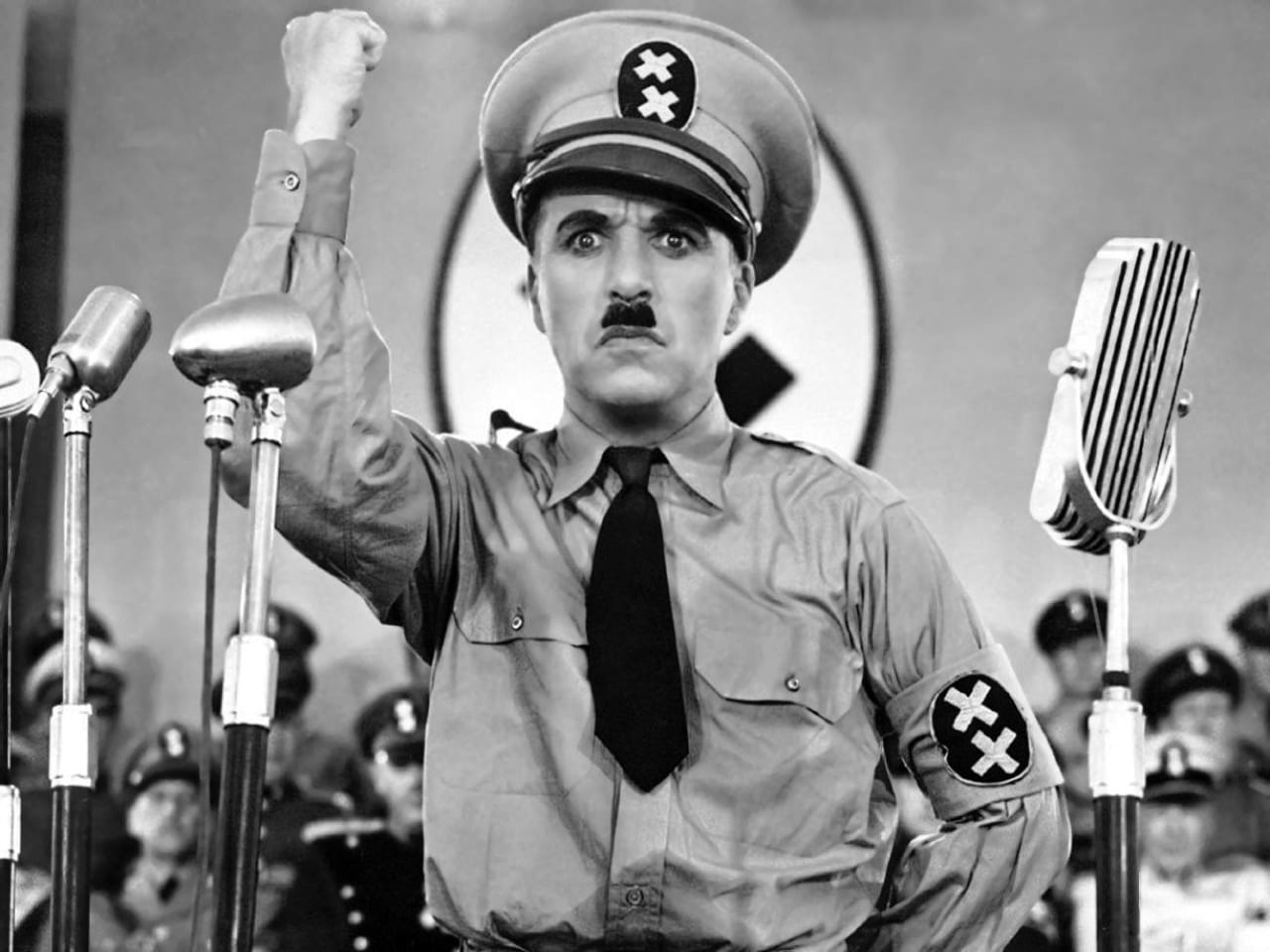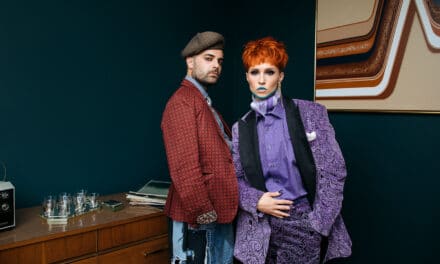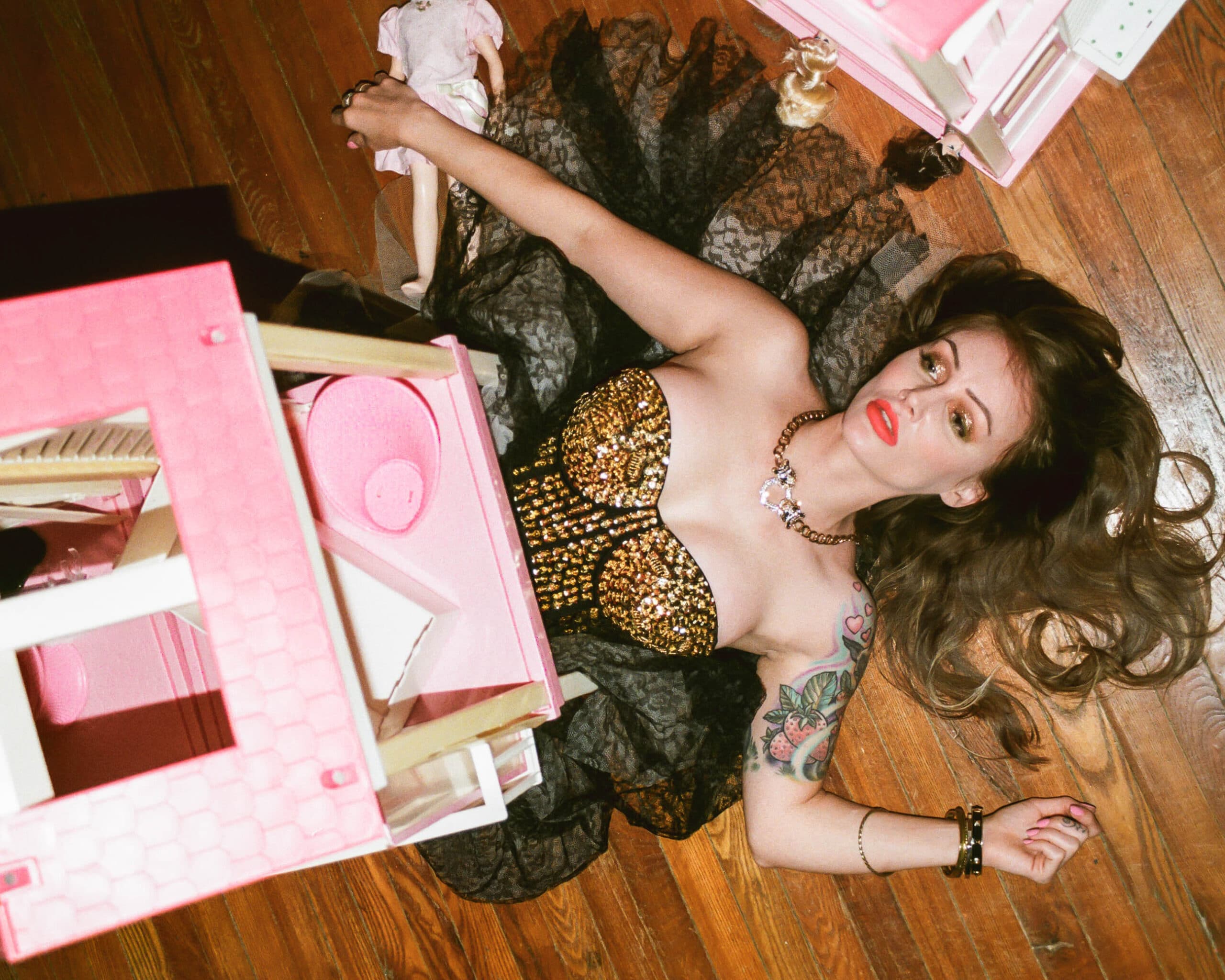The theory of evolution, but for our Supermodels. The term dates back to the 1930’s and sprinkled in between the years until the 90’s when it really blew up. Had the Collin’s Dictionary word of the year award existed, Supermodel would surely have been crowned winner. Young women who were scouted in supermarket aisles, shopping malls, airports and the like were gracing the covers of Vogue worldwide. Their faces were everywhere and all eyes were on them. However, since the 90’s the criteria has changed.
Naomi Campbell, Christy Turlington, Cindy Crawford, Linda Evangelista and the late Tatjana Patitz; the original Supers. Although there were predecessors christened Super (Twiggy and Jean Shrimpton for example), these are the OG’s, the big 5. Dominating every runway and magazine cover their beauty was unparalleled and totally otherworldly. Nevertheless, coming from normalcy. Albeit an unusual game of matchups, one necessary in exhibiting the unusual circumstances these supers were discovered. 1. Evangelista was scouted at a beauty pageant, 2. Campbell was out window shopping, 3. Turlington was horse riding, 4. Crawford was shucking oysters and 5. Tatjana Patitz was a finalist for Elite model contest. Plucked out of each scenario and thrown into a world of lime light, flashing cameras and designer clothes. Add Kate Moss to the mix and celebrity status is acquired. A girl gang so elite, the world had never seen the likes of them before. Naturally, clothes are demoted and the interest in their lives becomes a priority. Cue the famous line “we won’t get out of bed for less than $10,000”. One uttered, or more likely thrown down like a gauntlet by Evangelista. The influence they held was almost tangible, their superhero power was the ability to get into any bar, any restaurant, invitations to the best parties and mingle with the coolest crowds. Paychecks grew at the same rate as attention and articles were written following each relationship, every hotspot and hangout as well as individual interests. Models were no longer mannequins, their purpose to showcase beautiful clothes and generate sales had been forgotten, as in Toy Story these dolls had come to life and it was worth following.

By the late 90’s the supers were still dominating the fashion scene, but there was a change and a growing competition for covers. Renee Zellweger, our very own Bridget Jones, was the first non-model on the cover of Vogue in 1998. Singers, actors, and supers were all fighting for coverage. With the beginning of a new century standards changed. We were looking towards a healthier world, there was still a way to go, but there was a distinct shift. Fashion magazines started to reflect culture with growing diversity in the fashion scene and ‘Heroin chic’ introduced by Kate Moss was being left behind. Furthermore, With the turn of the century, women began to divert the attention from speculating tabloids to a space where they could share their political standings, or shed light on global issues which needed more attention. For example, Christy Turlington was less concerned about what she wore on her last night out and more
concerned about global welfare. She began the charity ‘Every Mother Counts’, focusing on the maternal health crisis which was happening worldwide and has raised much needed attention and money to help women everywhere. From supermodel to role model the platform grew and grew parallel with the influence they achieved.

After years in the spotlight, the supers never really left the scene. While some backed away from the limelight to start families or pursue different directions, the interest in their lives never ceased. Unsurprisingly and through default, the interest morphed into that of their children. Deemed “Nepo babies”, by right of way (or by right of DNA), covers and campaigns have been dominated by these supermodel juniors. Not yet categorized as supermodels, they are the next generation of leading ladies taking the spotlight. Models such as Kendall Jenner, Bella and Gigi Hadid, Kaia Gerber, Lila Moss to name a few have attracted attention since birth. Rarely are new faces scouted in such obscure but natural settings as supermarkets or airports anymore. With the rise of social media, self promotion and endless visibility has been the road to success for many Gen Z models. During the Covid 19 pandemic, IMG model management launched an online campaign over Tiktok and Instagram to scout new faces. Not only were they judged on their ability to showcase clothes but they were asked to showcase their personality. Before the OG 5, personality would not have been considered.
Today the term supermodel has developed and matured perhaps, the influence that is attached to the label is bestowed onto those who use their platform and new found celebrity status to shed light on worldwide issues. Sudanese refugee and Model of the Year in 2019, Adut Akech who grew up in Kenya’s Kakuma refugee camp before moving to Australia is a role model to all. Noted for her kindness and empathy, and of course her distinct looks, started to work with the United Nations High Commissioner for refugees in 2023, raising awareness and supporting refugees across the globe. The label and award of ‘supermodel’ is no longer solely about looks. 20 years later with the global attention and influence there is almost a responsibility now tied to the title, something which perhaps shows the maturing of the fashion industry – it was never just about the clothes…

